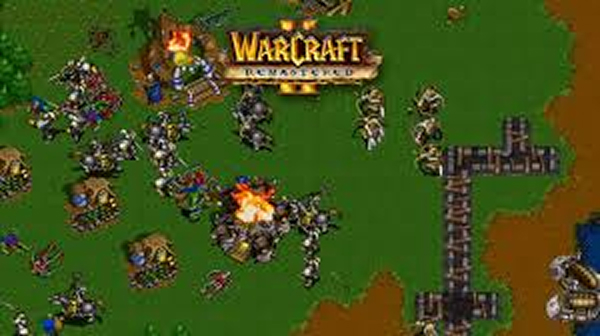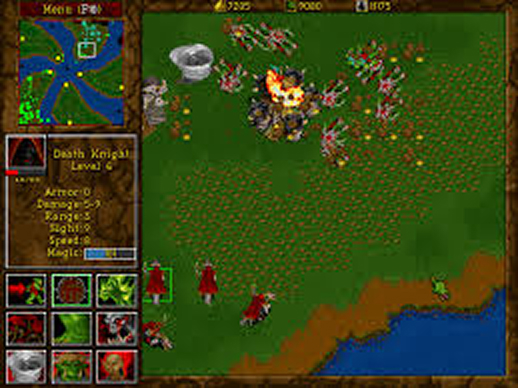Warcraft II: Tides of Darkness



Price: £9
- Genre: Real-Time Strategy (RTS)
- Platform: PC, Mac, Amiga, PlayStation
- Release Year: 1995
- Developer: Blizzard Entertainment
- Publisher: Blizzard Entertainment
The Rise of a Legendary RTS Franchise
Released by Blizzard Entertainment in December 1995, Warcraft II: Tides of Darkness was a monumental leap forward in the evolution of real-time strategy (RTS) games. Building on the foundation of the original Warcraft: Orcs & Humans, this sequel delivered improved graphics, deeper mechanics, and an immersive fantasy setting that laid the groundwork for what would become one of the most iconic franchises in gaming history.
Epic Fantasy Conflict
Set in the high-fantasy world of Azeroth, Warcraft II chronicles the brutal war between the human-led Alliance and the monstrous Horde, composed of orcs, trolls, ogres, and more. The game’s dual campaigns offered players the chance to see both sides of the conflict, each with its own unique storyline, voice-acted briefings, and rich lore.
This narrative depth helped Warcraft II stand out among its RTS contemporaries, making players feel more invested in the battles they waged and the characters they commanded.
Innovative Gameplay and Mechanics
Warcraft II introduced a polished and intuitive interface that would go on to influence countless other strategy games. It expanded upon its predecessor with improved unit controls, the ability to queue commands, and a more flexible fog-of-war system.
Perhaps most revolutionary was the addition of naval warfare, which allowed players to build docks, ships, and transport units across bodies of water. This added a new strategic layer to gameplay, making maps more dynamic and encouraging diverse tactics.
Resource management—centered around gold, lumber, and oil—remained critical. Efficiently managing peasants and peons to harvest resources and build infrastructure was just as important as commanding armies on the battlefield.
Visuals, Sound, and Presentation
With vibrant 2D sprite art and detailed animations, Warcraft II brought its fantasy world to life in ways that felt advanced for its time. The game featured richly textured terrain, distinct building designs, and clearly differentiated units across the two factions.
Sound design was a standout feature: memorable unit responses ("Job's done!", "Ready to work!") became instant fan favorites, while the orchestral music score provided an epic backdrop to every skirmish. Voice acting added personality and humor, helping to further establish Blizzard’s signature tone.
Multiplayer and Modding Community
Warcraft II was one of the first major RTS games to support robust multiplayer over LAN and later, online through Battle.net. These competitive matches kept the game alive long after players completed the single-player campaigns.
It also featured a map editor that allowed players to design their own scenarios, laying the early groundwork for a community-driven ecosystem—something that Blizzard games would become known for in the years ahead.
Legacy
Warcraft II’s influence is undeniable. It not only solidified Blizzard’s reputation as a top-tier developer but also set the stage for the eventual release of Warcraft III and the global phenomenon that was World of Warcraft. Even decades later, fans still return to this game for its elegant mechanics, classic charm, and nostalgic fantasy warfare.
With its perfect blend of storytelling, strategy, and style, Warcraft II remains a masterpiece of the RTS genre.